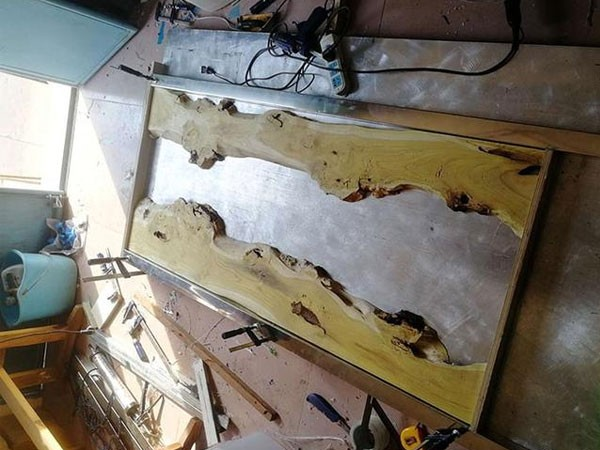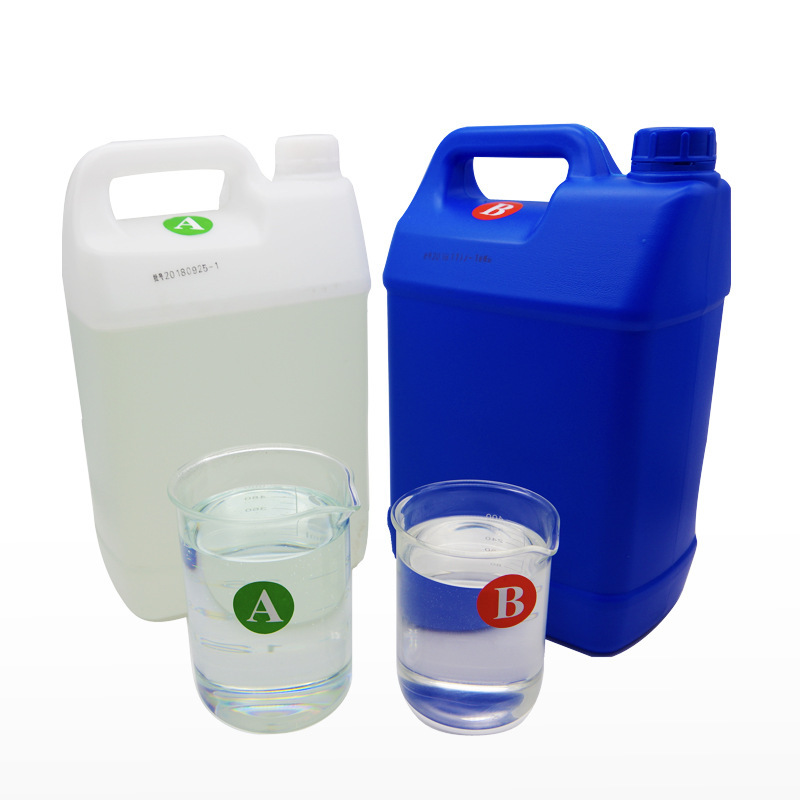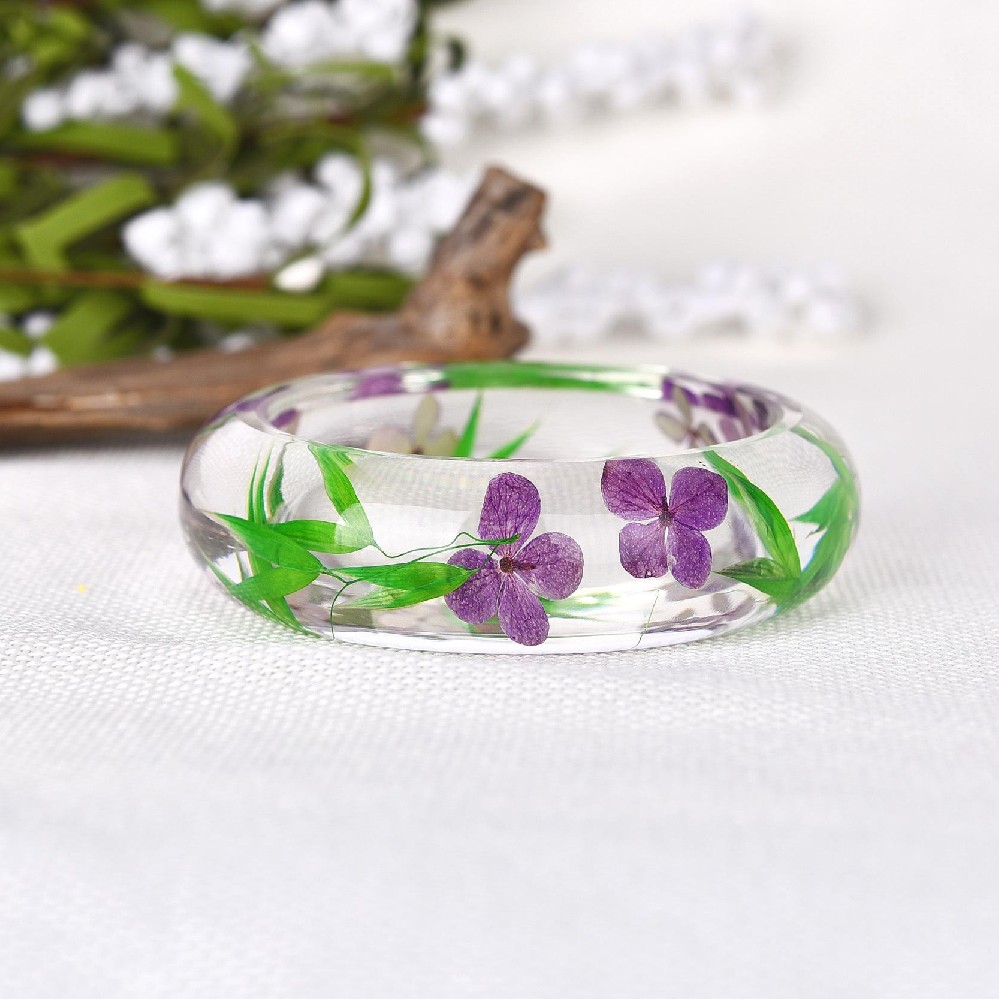
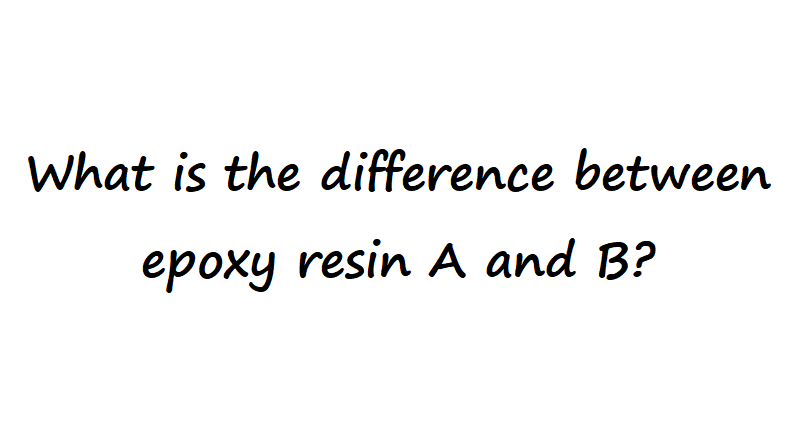
What is the difference between epoxy resin A and B?
When it comes to epoxy resin, you may have come across terms like "Epoxy Resin A" and "Epoxy Resin B." These two components are essential for creating the strong, durable resin you’re familiar with in arts and crafts, construction, and repairs. But what's the difference between them? Let’s break it down.
1. Resin A – This is the base part of the mix. It’s thick, gooey, and usually a bit clear. It’s the part that actually gives the epoxy its structure and strength. If you were making a huge resin art piece, Resin A is the one you’d have more of.
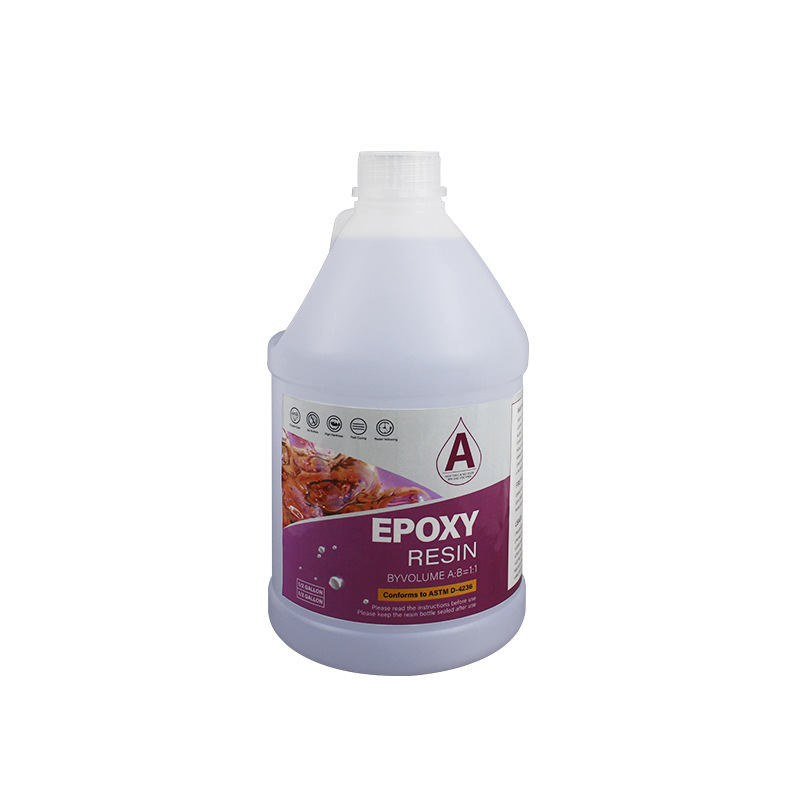
2. Hardener B – This is the activator that makes the resin "cure" or harden. It’s typically a bit thinner and has some chemical properties that react with Resin A to start the curing process. Without it, the resin would just stay in its liquid form. 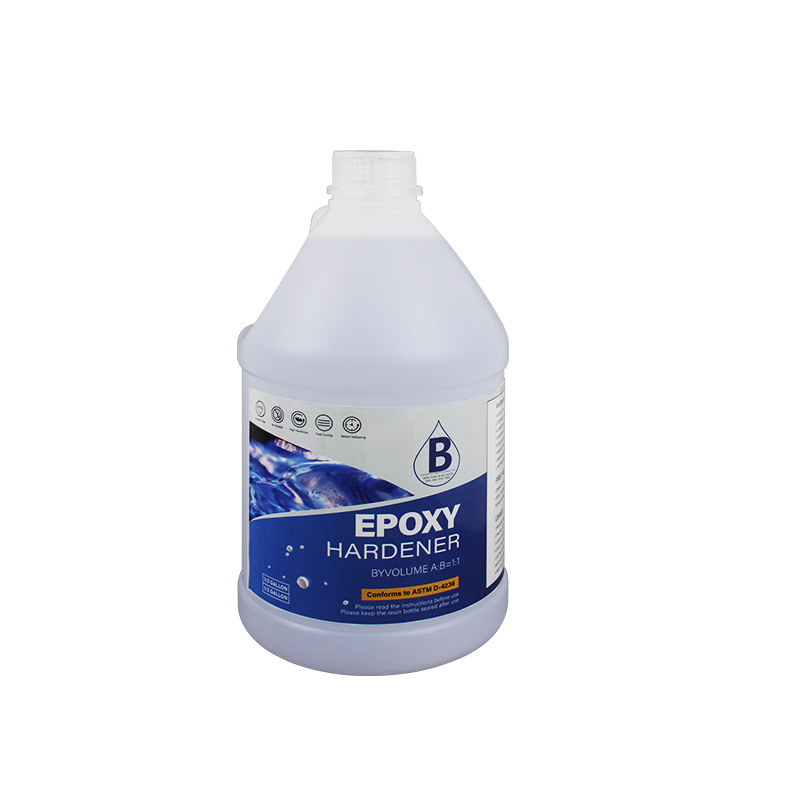
You mix them in the right ratio (usually 1:1, but check the product instructions), and then you’ve got your epoxy. Once mixed, it hardens and gives you a tough, glossy finish that's resistant to scratches, chemicals, and moisture. In short, Resin A is the base, and Hardener B is what makes it set.
3. Curing Time and Applications
Curing time: Resin A and B usually cure within 12-24 hours, though it varies depending on the type of resin used
Applications: You’ll find that A+B resins are typically used in applications where both strength and clarity are important, like in coatings, casting, or even in arts and crafts projects


